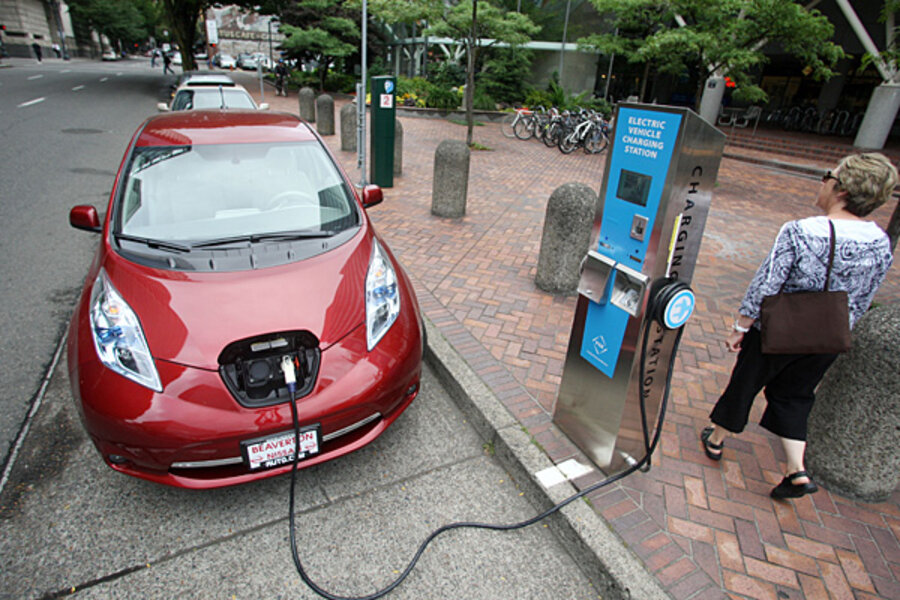Electric municipal fleets? Indianapolis thinks so.
There's a lot of discussion about hybrids and plug-in electric cars being sold to private buyers.
But some of the biggest gains in reducing emissions and running costs are likely to come from vehicle fleets.
While individual car owners may suddenly have to take a car 100 miles instead of their usual 25, that's far rarer for municipal fleets.
And the cost savings from greener, more fuel-efficient vehicles can be properly evaluated by savvy fleet managers.
It's in this light that the city of Indianapolis announced a goal to convert essentially its entire municipal fleet--excluding police and fire vehicles--to hybrids or plug-ins by 2025.
On Tuesday, Indianapolis mayor Greg Ballard signed an executive order mandating the transition.
"As a retired Marine with time served in the Saudi Arabian oil fields during the First Gulf War," the city's website notes, "Mayor Ballard is gravely concerned that our national dependence on oil compromises our national security."
The Indianapolis fleet includes roughly 500 cars (excluding the police force), each of which is kept for about 10 years.
While electric and plug-in hybrid vehicles cost more than gasoline cars, the city projects that over that 10-year life, it will save $10,000 per vehicle in operating costs.
The city is working with a consultant to develop a transition program for its heavy equipment.
While there are now several options for plug-in hybrid work trucks, utility vehicles, and even some construction equipment, the city's fleet also includes vehicles like snowplows, which will require more effort.
As for police vehicles, the city is studying those too, working with its force to determine whether any current or future plug-in hybrids or electric cars would meet officers' various needs.
The average police vehicle now, the city said, gets 10 mpg.
Indianapolis is far from the only region or municipality looking to green its fleet.
Rhode Island said this week that for the first time, it is including all-electric cars in its vehicle purchases.
It is targeting an initial 20 percent of vehicles to be more fuel-efficient or to run on alternative fuels, including electricity.






